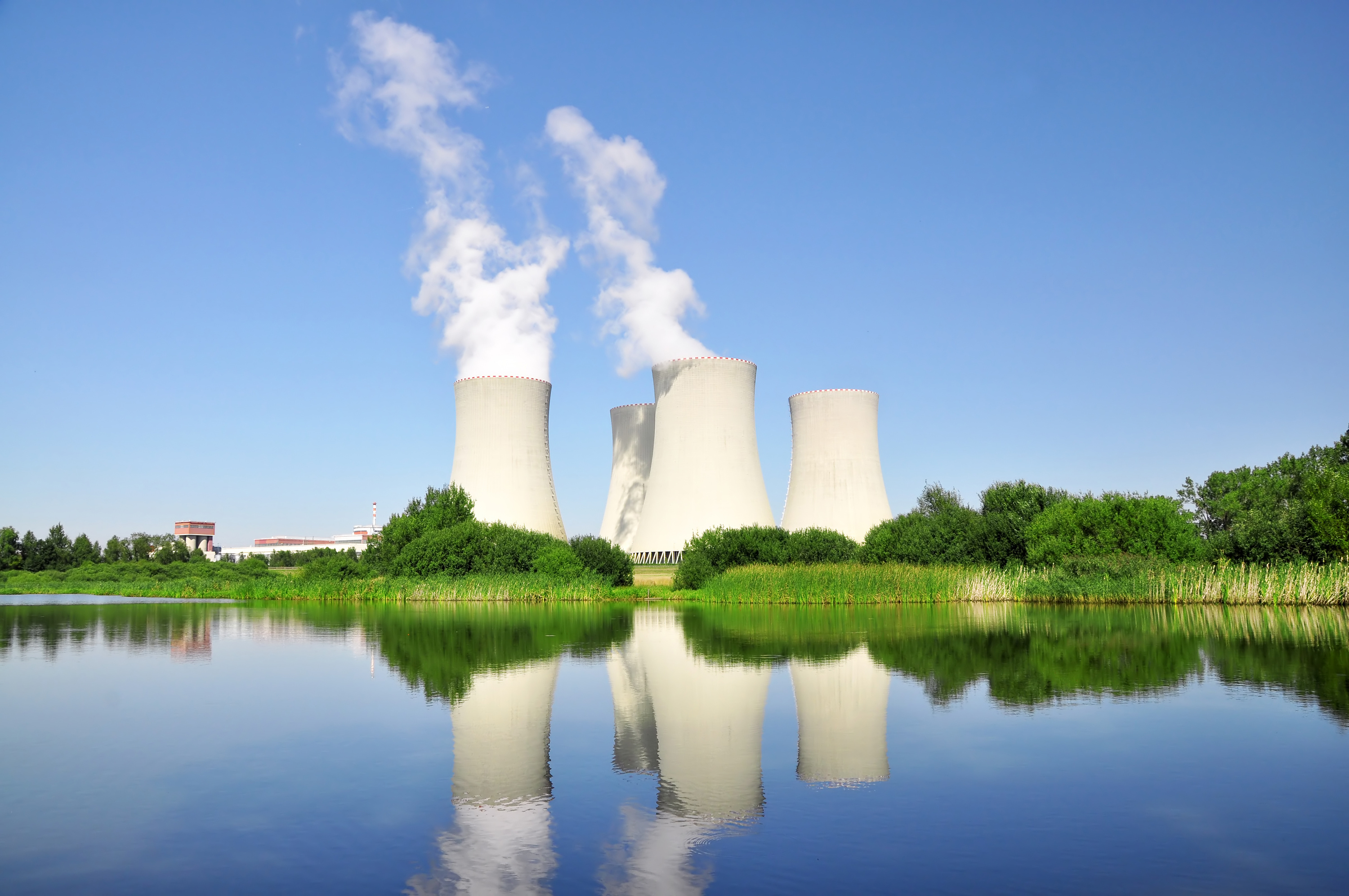As AI transforms everything from agriculture to logistics, the engine behind it all—AI data centers—is growing increasingly resource-intensive. These facilities are power-hungry, water-intensive, and often built in regions already facing climate stress.
To keep pace with innovation while curbing environmental impact, green data centers must evolve. It’s no longer enough for data centers to be fast. They must also be sustainable.
Contents
The Energy Challenge
Renewable Power
Cooling Efficiency
Water Conservation
Scalable Design
Sustainability as a Competitive Advantage
The Energy Challenge of AI Infrastructure
Running AI models requires intense computing power, translating into massive electricity demands. Without a shift to clean energy sources, this trajectory risks becoming unsustainable.
Leaders like Google and Microsoft are setting a new standard by sourcing carbon-free energy to mitigate environmental impact. Their efforts underscore a critical truth: AI's future depends on clean, renewable power.
Renewable Power: The First Step Toward Greener Data Centers
Traditional data centers often rely on fossil fuels, leading to high emissions and escalating costs. But forward-thinking operators are shifting toward sustainable energy through:
- On-site solar and wind installations
- Power purchase agreements (PPAs) with renewable energy producers
- Grid-scale battery storage for peak load balancing
This move not only reduces data center carbon footprints—it enhances ESG performance and operational resilience.
The Nuclear Trend
While renewables dominate the conversation, small modular reactors (SMRs) are emerging as a viable solution in the future. These compact nuclear units provide consistent, carbon-free baseload power—ideal for 24/7 data center operations.
SMRs can even be co-located with facilities, cutting transmission losses and enhancing energy independence, particularly in remote or grid-constrained regions.
Takeaway: A blend of renewables and nuclear energy supports both capacity and data center sustainability.
Cooling Efficiency: Rethinking Thermal Design
AI workloads generate heat. Lots of it. And most data centers still rely on traditional air-cooling systems that are inefficient and environmentally taxing.
New strategies for sustainable cooling include:
- Liquid immersion cooling for improved efficiency and server density
- AI-driven thermal management to optimize cooling through analyzing and adjusting systems based on real-time cooling needs.
- Free-air and waterless data center cooling where climate permits
These innovations don’t just reduce energy use, they extend hardware lifespan and lower operating costs. More importantly, they help mitigate the environmental impact of operating in hot, dry, or resource-stressed regions—exactly the areas where data centers are increasingly being built due to land availability.
Takeaway: Smarter cooling is foundational to sustainable infrastructure.
Water Conservation: The Quiet Crisis
Behind every AI system lies a water-intensive supply chain—from cooling systems to power generation. In water-stressed regions, this creates significant challenges.
Leading operators are taking action by:
- Using closed-loop cooling systems that recycle water
- Investing in on-site water treatment and reuse technologies
- Selecting sites based on water resilience metrics
Increasingly, data centers are publishing Water Usage Effectiveness (WUE) metrics to enhance transparency.
This shift signals a broader understanding that sustainability includes more than just electricity. Companies are being forced to rethink site selection, implement water reuse systems, and publish transparent impact reports.
Takeaway: Data centers must not only reduce water usage, they must manage it responsibly.
Scalable Designs for a Sustainable Tomorrow
Modern data centers must scale without increasing environmental impact. This calls for modular, adaptable infrastructure that integrates:
Takeaway: Scalable design ensures long-term sustainability without compromising performance.
Sustainability as a Competitive Advantage
Sustainability has moved from a “nice-to-have” to a business imperative. Clients and investors now view it as a marker of operational resilience and long-term viability.
Data centers that embrace sustainable practices, from green building certifications to closed-loop cooling, don’t just protect the planet; they win the trust of stakeholders who expect modern infrastructure to be both powerful and principled.
Final Thoughts
Green energy, cooling efficiency, and water conservation are no longer optional. They are the new baseline for AI infrastructure. Organizations that understand this and act accordingly aren’t just following best practices, they’re building the foundation for an AI future that’s both powerful and sustainable.
Want to see how data center leaders are using land intelligence to drive confident decisions? Connect with our sales team today.
